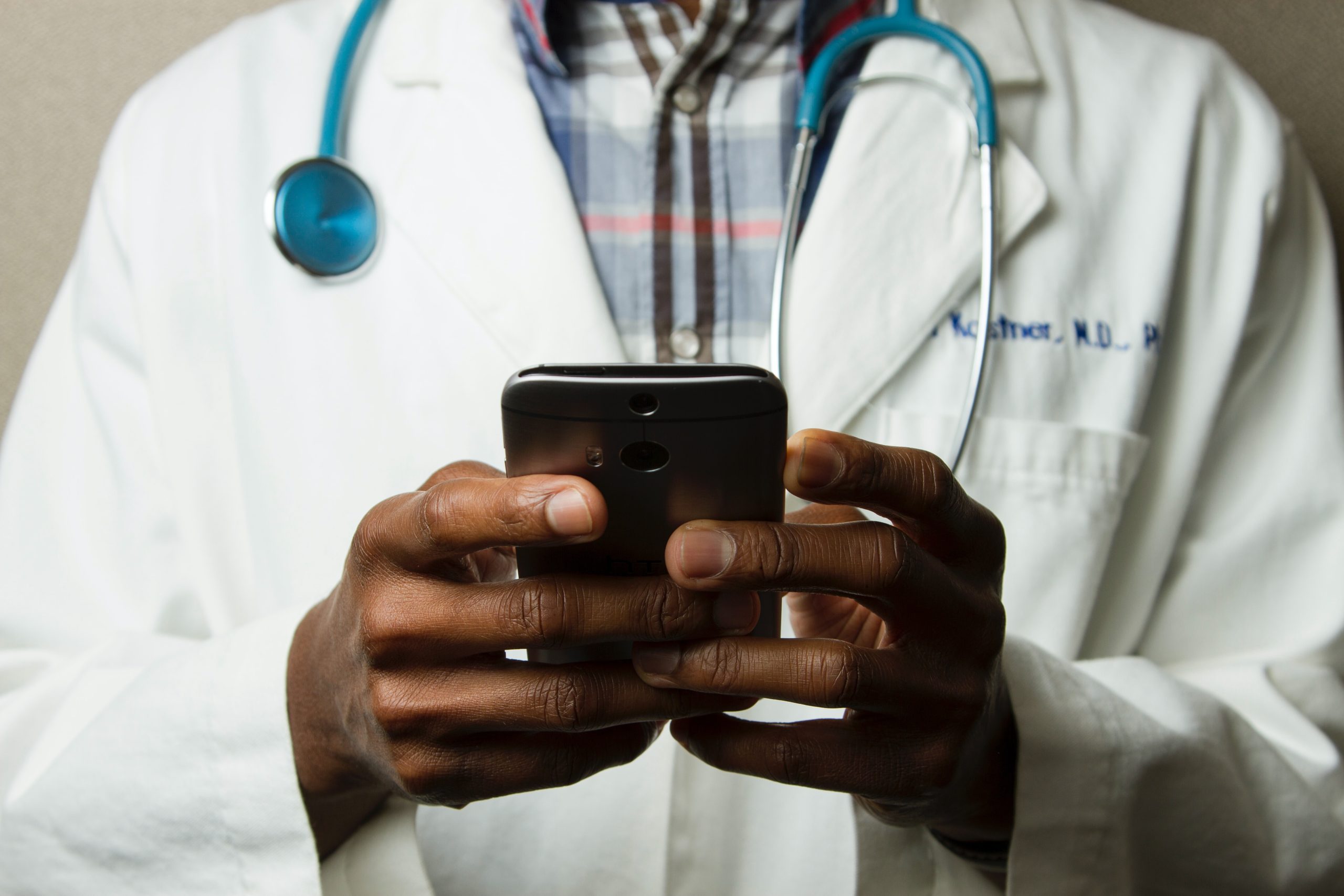You arrive at the scene to find a patient struggling to breathe. They can’t speak clearly, no family is present, and no one knows their medical history. What medications are they on? Do they have life-threatening allergies? Are they diabetic, asthmatic, or recovering from surgery?
EMS providers face situations like this every day, requiring them to make split-second decisions without access to the information that hospital staff often take for granted. Until recently, that was simply the nature of prehospital care. But emerging national interoperability networks are beginning to change that.
The EMS data deficit
Emergency responders are often the first clinical contact in a patient’s care journey, but for decades, they’ve had the least access to that patient’s medical records. Without vital data, providers must rely on intuition and limited clues, leading to potential treatment delays or even errors.
A 2023 study published in Prehospital Emergency Care found that 11% of EMS calls experienced delays, with nearly half occurring at the scene. While factors like traffic and logistics play a role, a lack of readily available patient data can compound delays in time-critical situations.
Hospitals, clinics, and urgent care centers have long benefited from electronic health records (EHRs) and health information exchanges (HIEs). Now, national initiatives are working to extend that access to the people who need it the most.
What’s changing: QHINs and TEFCA
The federal Trusted Exchange Framework and Common Agreement (TEFCA) is helping create a nationwide baseline for health data exchange. At the center of this effort are Qualified Health Information Networks (QHINs), which act as central connectors between healthcare providers, systems, and networks. In December 2023, the Office of the National Coordinator for Health IT (ONC) designated the first set of official QHINs under TEFCA, including Carequality and eHealth Exchange.
These developments have enormous implications for EMS. With the right tools and integrations, field providers can now query national networks to access patient medication lists, allergy information, and medical histories — often in real time, directly at the scene.
Why this matters in the field
Imagine an EMS provider treating an unconscious patient. With secure access to national data-sharing networks, they can now scan the patient’s driver’s license or input basic demographics to retrieve relevant health data. This information can guide treatment decisions, avoid dangerous drug interactions, and improve the accuracy of documentation sent to hospitals.
Real-time access to patient records also benefits hospital partners. When EMS data is pre-populated with accurate medication and condition lists, hospitals receive better handoffs and more complete records, contributing to better outcomes and reduced redundancy in care.
The path to integration
For many EMS agencies, getting started with real-time patient data access means working with technology vendors who are part of Carequality or other national frameworks. It also requires secure internet access, updated documentation systems, and basic training for providers in how to query, review, and use the data responsibly.
It’s important to emphasize that this shift is not about adding new tasks to already overwhelmed EMS crews. Instead, it’s about removing barriers to the information they need, which makes care faster, safer, and more aligned with the broader healthcare system.
And it’s already happening. According to recent data from the National Emergency Medical Services Information System (NEMSIS), over 1.2 million EMS patient records included hospital outcome data in 2024, a dramatic increase from just 300,000 in 2022. As interoperability grows, that number is expected to rise sharply.
The future of EMS is connected
For years, EMS has been siloed from broader health IT conversations. But in 2024, that wall began to crack. As QHINs expand and TEFCA continues to gain traction, EMS has a seat at the table — and a role to play in building a more connected, data-driven healthcare ecosystem.
Equipping field providers with access to patient records is no longer a luxury. It’s a necessity. Because when care begins with data, outcomes start with confidence.
Credit: Chalabala, Getty Images
Joe Grawis the Chief Growth Officer at ImageTrend. Joe’s passion to learn and explore new ideas in the industry is about more than managing the growth of ImageTrend – it’s forward thinking. Engaging in many facets of ImageTrend is part of what drives Joe. He is dedicated to our community, clients, and their use of data to drive results, implement change, and drive improvement in their industries.
This post appears through the MedCity Influencers program. Anyone can publish their perspective on business and innovation in healthcare on MedCity News through MedCity Influencers. Click here to find out how.


















